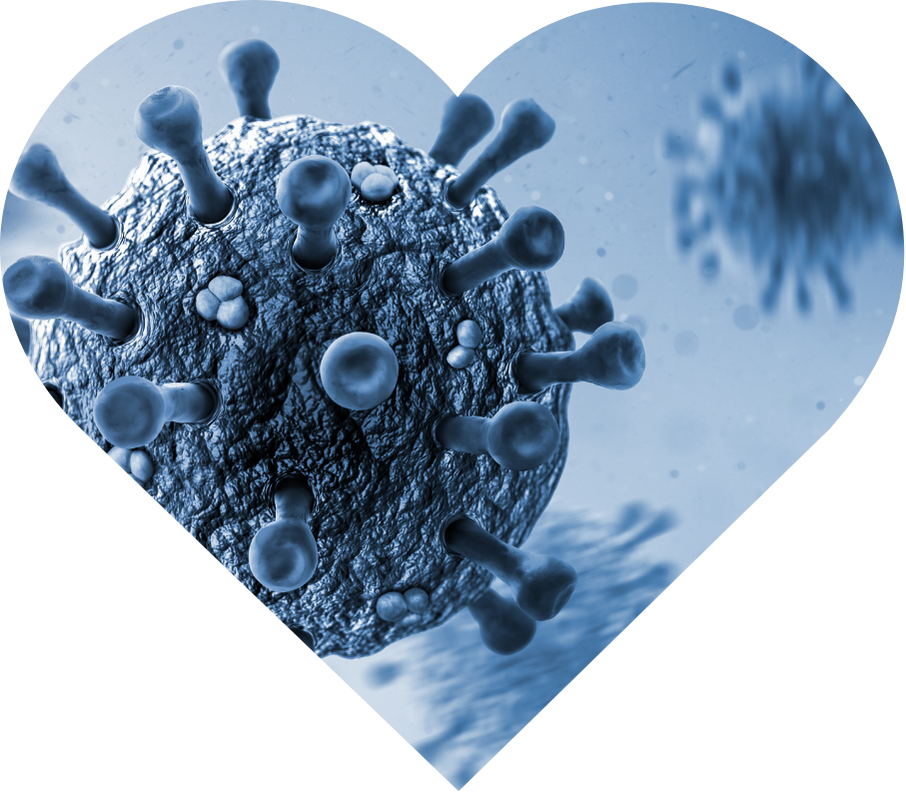The myth persists stubbornly: "Vitamin D is only important for the skeleton." Incorrect. Vitamin D acts hormonally and modulates central immune functions – from defense at mucosal surfaces to inflammation regulation. Surprisingly, even in sunny regions, deficiencies are common, such as in children on antiepileptic therapy; they exhibit significantly lower 25(OH)D levels and more frequent deficiency states – despite available sunlight [1]. The real story is thus less about "how much sun there is" and more about "how much UVB your skin receives and how well your body can process vitamin D."
Vitamin D is a fat-soluble prohormone that the body primarily produces itself. In the skin, 7-dehydrocholesterol is converted to pre-vitamin D3 through UVB light and is then further processed to 25-hydroxyvitamin D 25(OH)Dcirculating storage form, standard marker in blood [2]. The term endogenous synthesisbody's own production explains why diet alone is often insufficient. Key factors include UVB availability, skin area, pigmentation, age, season, and air quality. Visceral fatfat tissue around internal organs can sequester vitamin D, which is why overweight individuals tend to have lower levels – a practically relevant lever for high performers. Important: The same UVB radiation that triggers vitamin D also causes DNA damage; it’s about wisely dosed, non-burning sun exposure – balance instead of extremes [2].
A suboptimal vitamin D status weakens more than just bones. At the immune system level, vitamin D influences the maturation and activity of T cells, macrophages, and the production of antimicrobial peptides – central defense steps against respiratory and intestinal pathogens. Real-world factors often disrupt this status: Too little sun, especially at higher latitudes and in winter months, increases the risk of deficiencies [3]. Chronic air pollution reduces UVB penetration and is associated with lower 25(OH)D levels in meta-analyses [4]; in older populations, fine particulate matter (PM2.5) and ozone further increase the deficiency risk [5]. Medical factors also count: Malabsorption syndromes like celiac disease and Crohn's disease worsen absorption and are associated with higher prevalence of deficiency – inflammation combined with low intake acts synergistically [6]. Medications such as antiepileptics and glucocorticoids can disrupt vitamin D metabolism; patients on antiepileptics show lower 25(OH)D values and more frequently experience deficiencies, sometimes accompanied by secondary hyperparathyroidism – a signal for disturbed calcium homeostasis [1]. For high performers, this means: energy, infection resistance, recovery, and bone health depend on a well-regulated vitamin D system.
Several lines of research outline a consistent picture. First, a case-control study of children on long-term antiepileptic therapy showed lower 25(OH)D levels and significantly more deficiencies than controls. Concurrently, lower calcium and phosphate levels as well as higher parathyroid hormone levels were observed – biochemical markers that underscore the physiological relevance. Interestingly, the effect was visible regardless of specific drug classes and was modulated by factors such as season and comorbidities (e.g., cerebral palsy) [1]. Second, a systematic review and meta-analysis quantify the impact of air pollution: Higher pollutant exposure correlates with significantly lower vitamin D levels, plausibly explained by reduced UVB transmission – relevant for city dwellers and office workers [4]. Additionally, a national cohort analysis of very elderly adults shows that higher UV radiation and residential environment greenness have protective effects, while PM2.5 and O3 increase deficiency risk; part of the pollutant effect is mediated through reduced UV exposure – an elegant demonstration of the environment-to-biology connection [5]. Third, clinical literature on malabsorption syndromes clarifies that inflammatory bowel diseases and celiac disease carry a particularly high prevalence of deficiencies and that vitamin D optimization should be part of holistic therapy [6]. Together, these data suggest: Exposure (UVB), environment (air quality), biology (absorption/metabolism), and therapy (medications) are the levers we can practically adjust.
- Daily 10–30 minutes of smart sunlight: Expose arms and legs during midday without burning. For lighter skin, shorter intervals are sufficient; for darker skin, aim for the upper end of the range. UVB-induced synthesis starts in the skin, making you less dependent on supplements [2].
- Plan B for low UVB: If you live north of ±40° latitude or in winter with low sun angles, cutaneous synthesis is limited – check diet/supplements with your doctor. Personalized strategies are advisable depending on skin type, clothing, and climate [3].
- Smart environmental compensation: In heavily polluted cities, UVB availability decreases. Seek sunny, less shaded locations, use rooftops, or times with clear air (after rain). This mitigates the vitamin D drop mediated by air pollutants [4] [5].
- Medical check: For chronic bowel complaints, celiac disease/IBD, or under medications like antiepileptics/glucocorticoids, have 25(OH)D and possibly calcium/PTH tested. Malabsorption and medications can significantly increase your needs [6] [1].
- Safety against erythema: No sunburn. Gradually increase exposure, and use sunscreen on unexposed areas for longer outdoor duration. The goal is a short, non-burning dose – benefit without unnecessary skin risk [2].
The next research steps will provide more precise dosing models for UVB, skin type, and air quality, thus enabling personalized “sun exposure algorithms.” At the same time, clinical studies are needed that jointly model environmental factors, medications, and bowel diseases to define optimal, context-dependent supplement strategies. For high performers, this will result in a data-based protocol: more immune clarity, fewer absences, longer years of performance.
This health article was created with AI support and is intended to help people access current scientific health knowledge. It contributes to the democratization of science – however, it does not replace professional medical advice and may present individual details in a simplified or slightly inaccurate manner due to AI-generated content. HEARTPORT and its affiliates assume no liability for the accuracy, completeness, or applicability of the information provided.













